THE THEATRE ORGAN
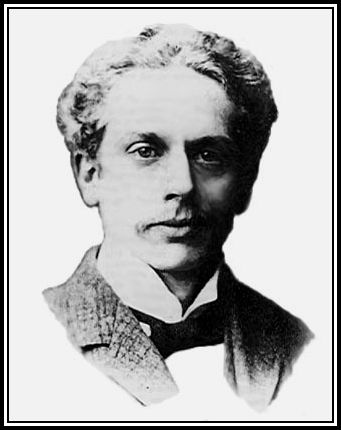 Robert Hope-Jones (1859-1914), Father of The Theatre Organ
Robert Hope-Jones (1859-1914), Father of The Theatre Organ
PART TWO: BUILDERS OF THE THEATRE ORGANS
THIS PAGE IS WRITTEN IN CONJUNCTION WITH GLEN TWAMLEY (FRIENDS OF BEER WURLITZER)
-oOo-
PAGE THIRTY-FIVE:
THE COMPTON THEATRE ORGAN
SURVIVING
-oOo-
THE COMPTON THEATRE ORGAN
OF THE APOLLO HAMMERSMITH
-oOo-
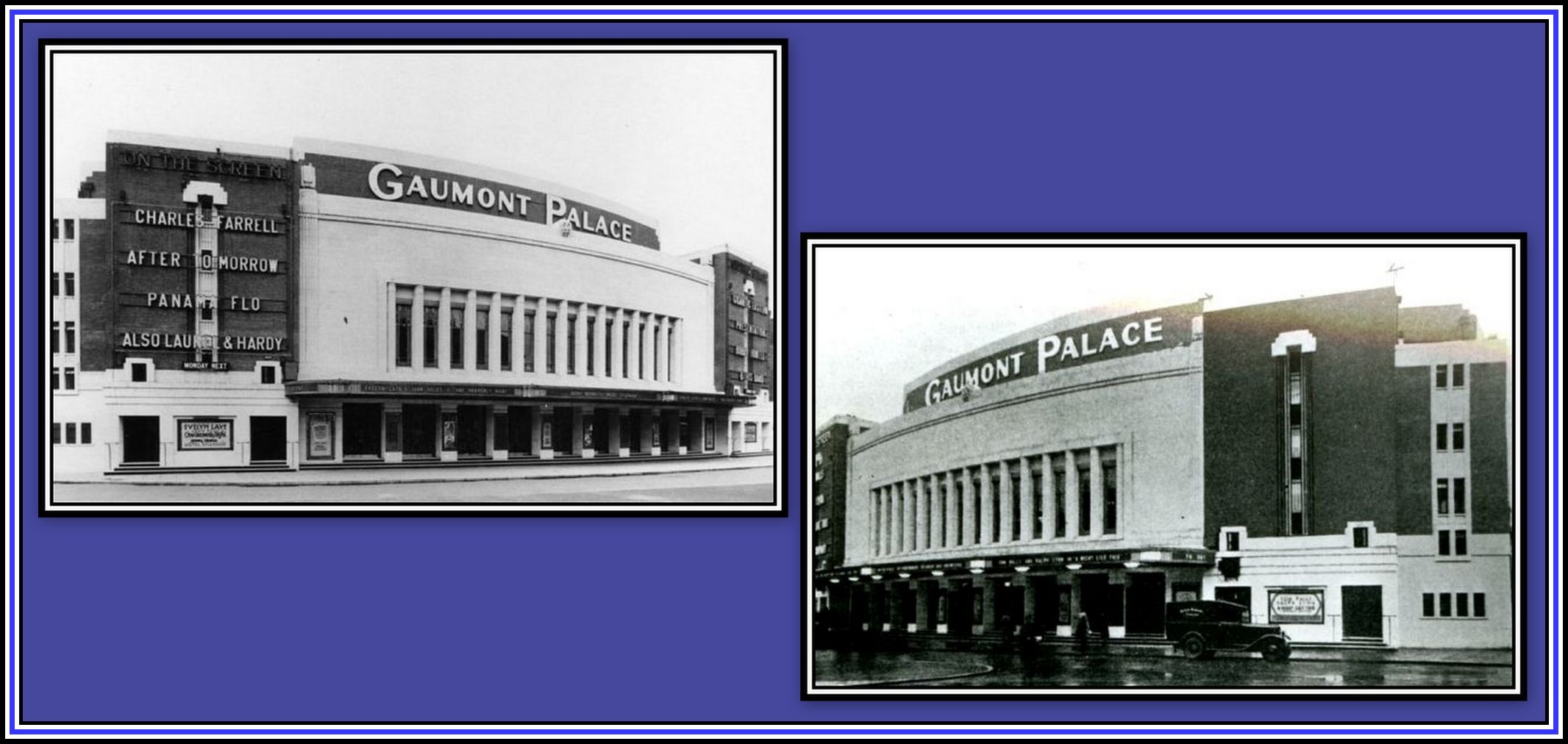 The Gaumont Palace Hammersmith in 1932
The Gaumont Palace Hammersmith in 1932
I remember well the first time that I saw the Gaumont Cinema Hammersmith. I was seated on a 704 London Green Line Coach and was traveling from Langley to Victoria Railway Station. It was soon after we had moved from Bethnal Green and Hammersmith was a place of great interest to me since I had not visited or passed through it before.
Hammersmith held a fascination for me at this time. I was interested in Trolleybuses and the area was served by huge eight-foot wide ones housed at Fulwell Garage.
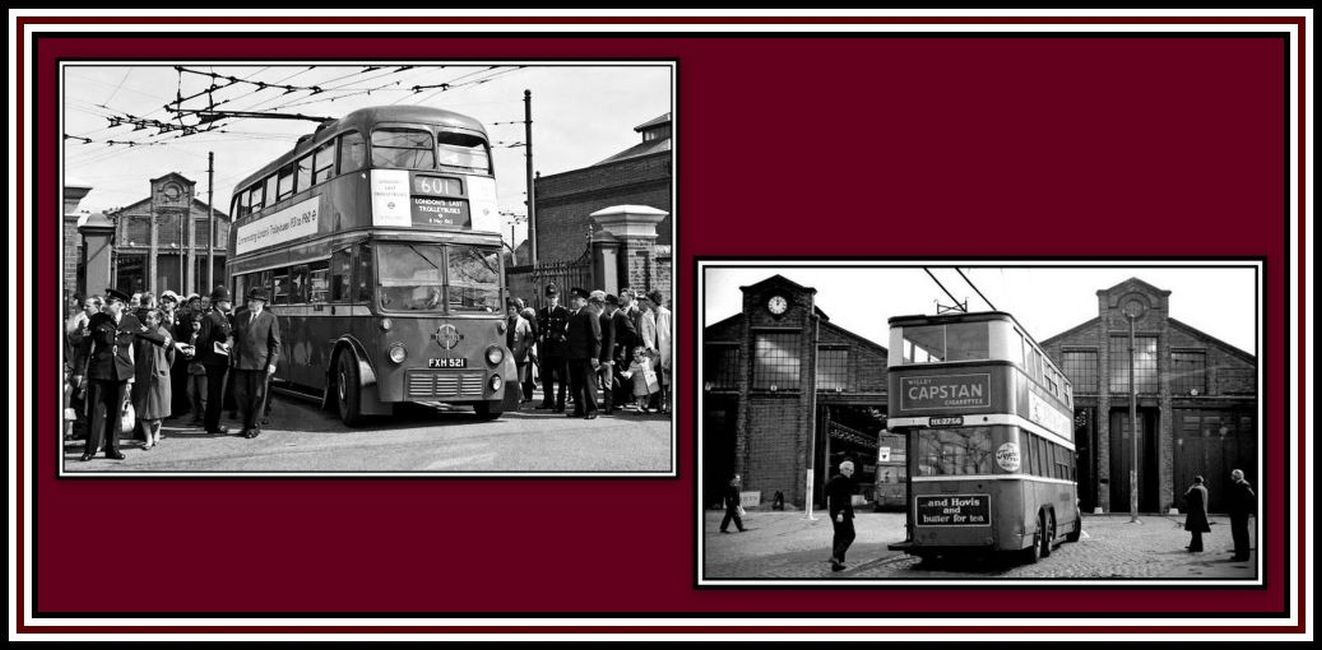 Fulwell Trolley Bus Garage on the 8th May, 1962
Fulwell Trolley Bus Garage on the 8th May, 1962
I had never seen this variety of trolleybus before this and was very interested in them. Unfortunately, I was not able to get off the coach and study them further. This had to wait for another visit.
Click here to read about The Rolls-Royce of Trolleybuses
-oOo-
As the coach moved very quickly through Hammersmith, I noted a number of cinemas, which belonged to the ABC Cinema Circuit, two theatres, the Lyric and the Kings and the Hammersmith Palais, the famous Palais de Danse that was often featured on BBC Television’s Come Dancing programme.
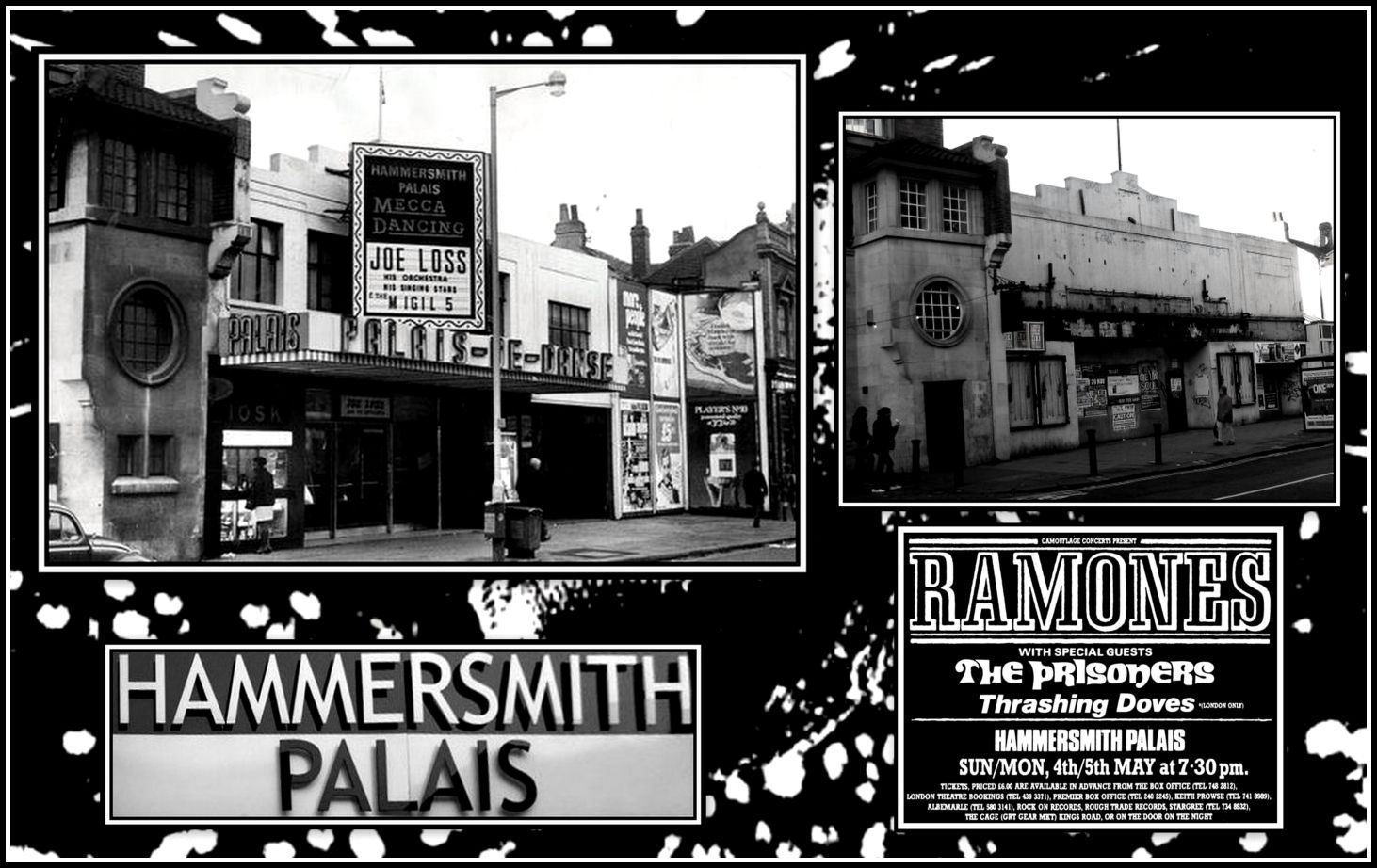 The Hammersmith Palais ……. Then and Prior to demolition in 2012
The Hammersmith Palais ……. Then and Prior to demolition in 2012
Click here to see the video of The Kinks’ Come Dancing
When I was a little older, I went on one occasion to the Hammersmith Palais; I also went once to the Commodore Cinema. The Cinema had obviously seen better days by this time, as the interior was looking somewhat shabby. I remember going to see the film, The Brothers Karamazov, which had a great cast, but proved to be a disappointment. Several years later I read the book and realised even more what a mistake the film had been.
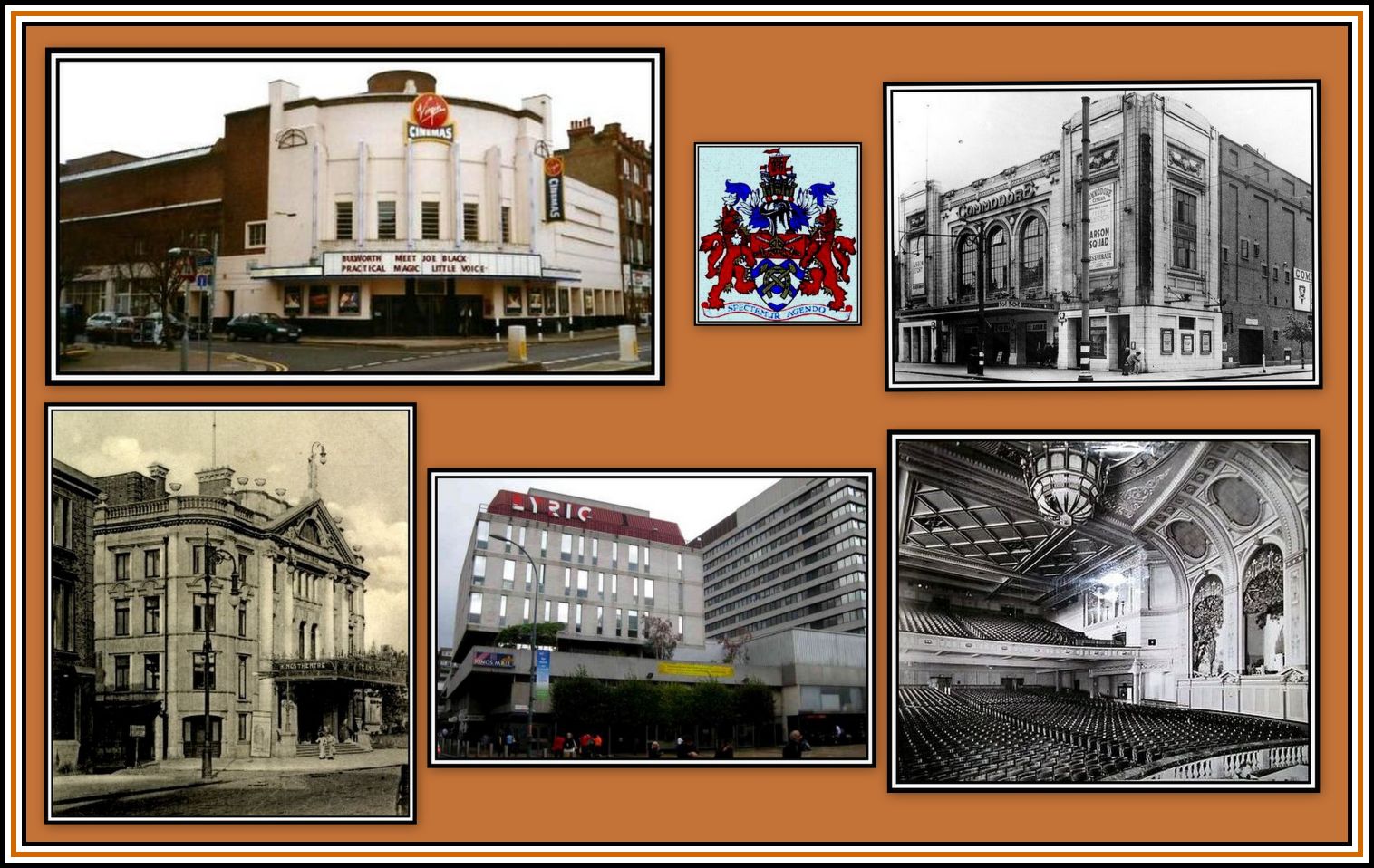 Cinemas and Theatres of Hammersmith
Cinemas and Theatres of Hammersmith
Top Left: The former Regal/ABC Cinema (now known as the Cineworld); Top & Bottom Right: Commodore Cinema; Bottom Left: King’s Theatre ; and Centre Left: Lyric Theatre Hammersmith today
The photograph of The King’s Theatre Hammersmith appears with permission of The Theatre Trust
However, what impressed me the most on my first trip through Hammersmith was the huge cinema with a long and, to my view, impressive frontage that the coach swept past at top speed. This was my first view of the Gaumont Cinema Hammersmith. Unfortunately, a long time was to pass before I went inside the building.
When I first saw the Cinema, I had an unimpeded view for this was before 1961 and prior to the construction of the elevated roadway, the Hammersmith Flyover.
-oOo-
The Gaumont Palace Cinema opened in 1932. The architect Robert Cromie (1855-1907), who had designed the Davis Theatre Crydon earlier in 1928, was responsible for the design in Art Deco of this Cinema for Israel Davis and the Gaumont British Theatres chain. The Cinema was one of the largest Super Cinemas built in the U.K. with over 3,400 seats in stalls and balcony areas and is one of the best preserved. The building also had a cafe-cum-restaurant in the balcony foyer area.
Over the years, the building has been owned by different companies and has undergone subsequent name changes. In 1962, the Cinema was renamed as the Odeon Hammersmith, however in August 1984, its use as a full-time cinema came to an end with live shows and concerts now being presented with only the occasional screening of film.
-oOo-
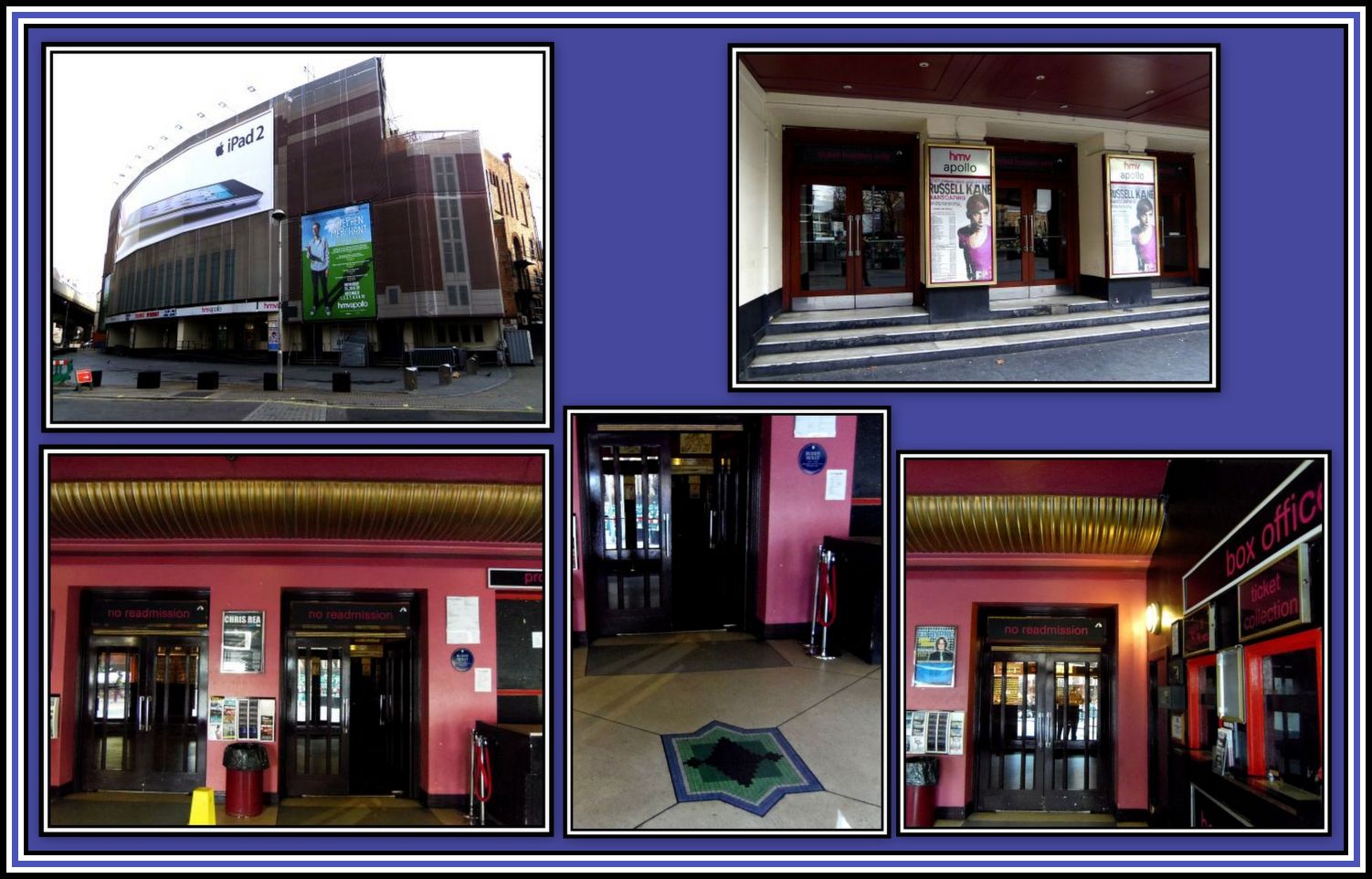 The HMV-Apollo Hammersmith in 2011
The HMV-Apollo Hammersmith in 2011
The three photographs shown across the bottom of this collage were taken through the glass doors shown in the upper panel; the Blue Plaque commemorating Buddy Holly’s performances here in 1958 may be seen on the far wall of the outer foyer of the Lower Centre photograph.
On 25th March, 1958, Buddy Holly performed his last two shows in the U.K. at this venue. He, along with The Big Bopper (Jiles Perry ‘J. P.’ Richardson, Jr.) and Ritchie Valens, were killed in a plane crash on 3rd February, 1959 (i.e. to become known as The Day the Music Died). I remember reading about the accident in the Daily Mirror on the following day. A plaque was placed on the wall of the outer foyer of the Odeon Hammersmith soon after his death, which remains in place today.
Click here to hear American Pie (The Day the Music Died)
The Odeon/Apollo Hammersmith has also been the site of performances by a number of other notable entertainers over the years including The Beatles with 38 performances of Another Beatles’ Christmas Show in 1965.
-oOo-
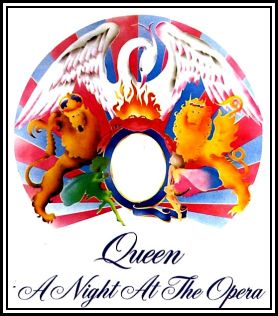 Click here to see and hear A Night at the Opera performed by Queen at the Odeon Hammersmith in October 1975 and shown on BBC-TV’s The Old Grey Whistle Stop (hosted by Whispering Bob Harris)
Click here to see and hear A Night at the Opera performed by Queen at the Odeon Hammersmith in October 1975 and shown on BBC-TV’s The Old Grey Whistle Stop (hosted by Whispering Bob Harris)
-oOo-
In 1990, the building was granted Grade II listing by English Heritage and upgraded to Grade II* in 2005.
-oOo-
In 1992, the building was renamed Apollo and sponsorship was sought, which led to name changing each time a new sponsor was found. The building was refurbished in 1993 and renamed LaBatt’s Apollo following the sponsorship agreement with the Labatt Brewing Company. Later in 2002, it became the Carling Apollo when the sponsorship changed hands. In 2009, the building became the HMV-Apollo, whose name remained in place until 2012.
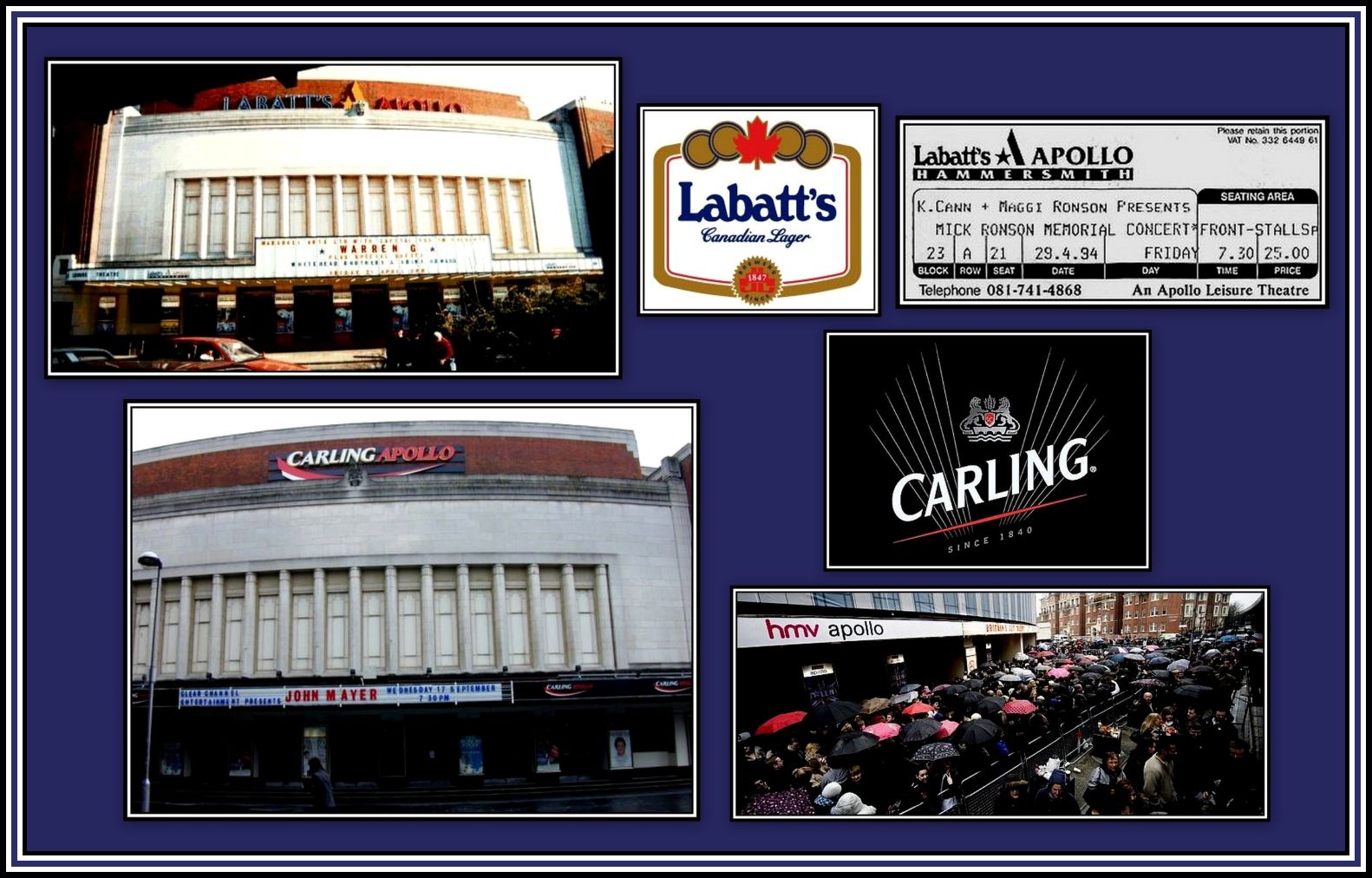 Apollo Hammersmith (1992-2012) …….. A Rose By Any Other Name is still The Apollo
Apollo Hammersmith (1992-2012) …….. A Rose By Any Other Name is still The Apollo
-oOo-
In 2013, the Apollo Hammersmith was closed for renovation and restoration in order to return it to its original condition. This work was undertaken with G. F. Holding as the main contractor and with the architectural firm, Foster Wilson providing all architectural services. Other companies contracted to provide specialised work were: Ornate Interiors Limited, Diamond Shopfitting, Fibrelite Limited and J & C Joel Limited.
Additional details about the renovation and restoration may be found at Premier Construction News.
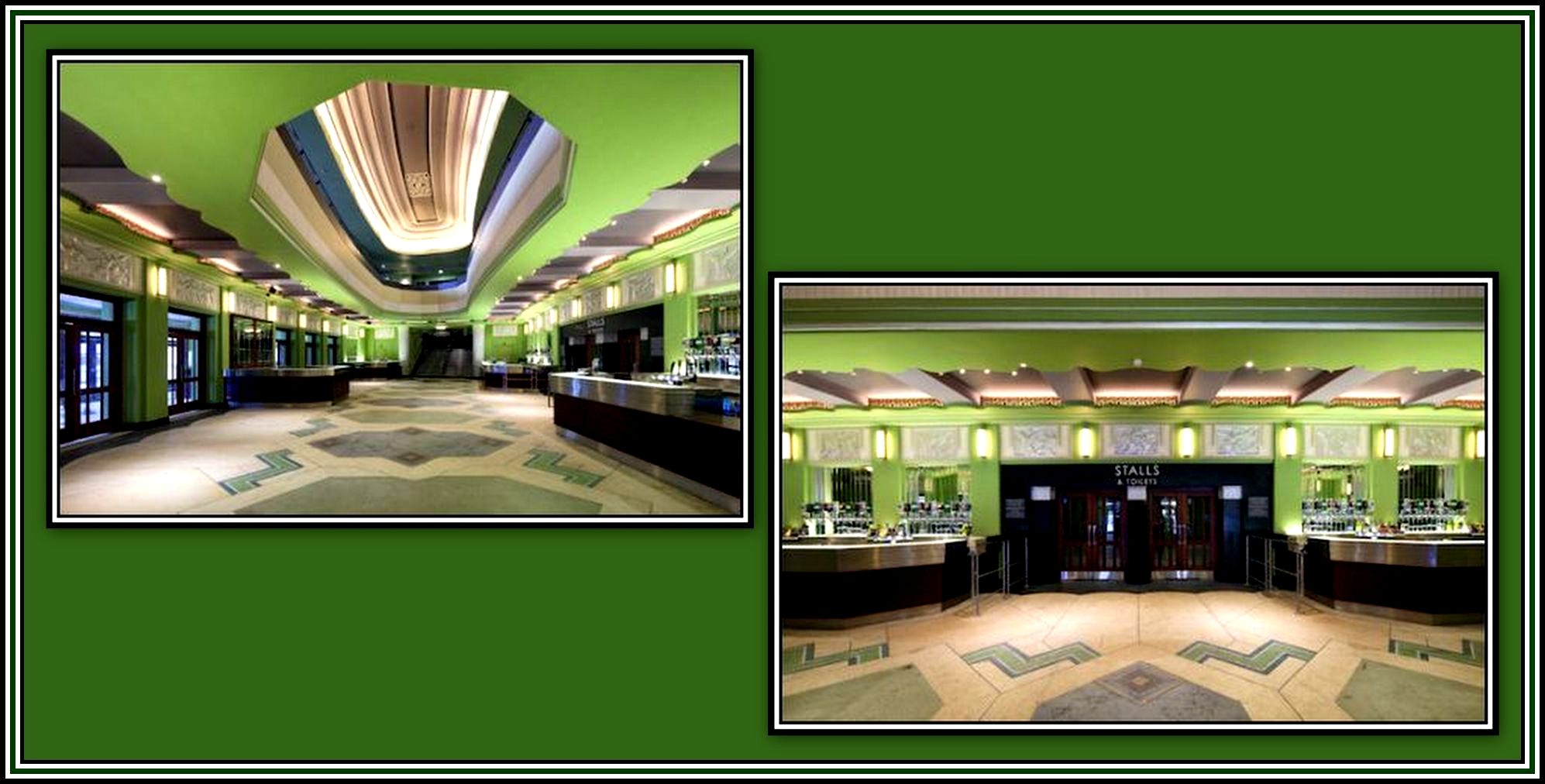 Eventim Apollo Hammersmith, Box Office and Foyer
Eventim Apollo Hammersmith, Box Office and Foyer
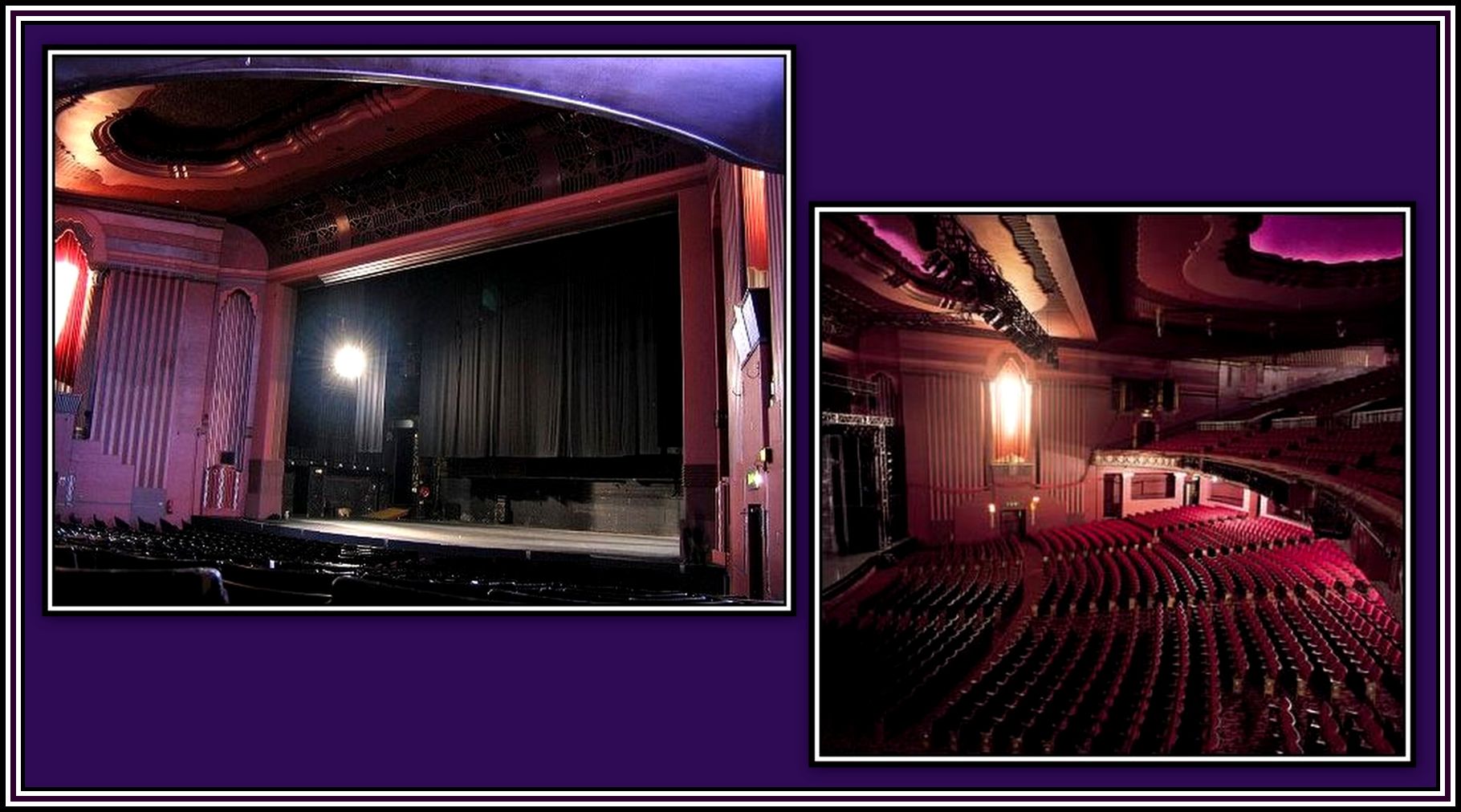 Eventim Apollo Hammersmith, Stage & Auditorium
Eventim Apollo Hammersmith, Stage & Auditorium
Left: This photograph appears with permission of Peter Hammond
Right: awaiting permission to reproduce this photograph
The building was reopened in September 2013 and renamed, Eventim Apollo since it was now owned by AEG Live (Anschutz Entertainment Group) and CTS Eventim (CTS Eventim AG & Co. KGaA).
-oOo-
Today, the exterior of the building is obscured in part by the presence of the elevated roadway, the Hammersmith Flyover, which was constructed between 1960 and 1961 by Marples, Ridgway and Partners to carry vehicles over the Hammersmith Roundabout and link it with the start of the Great West Road (A4) and M4 (Motorway; links London with South Wales).
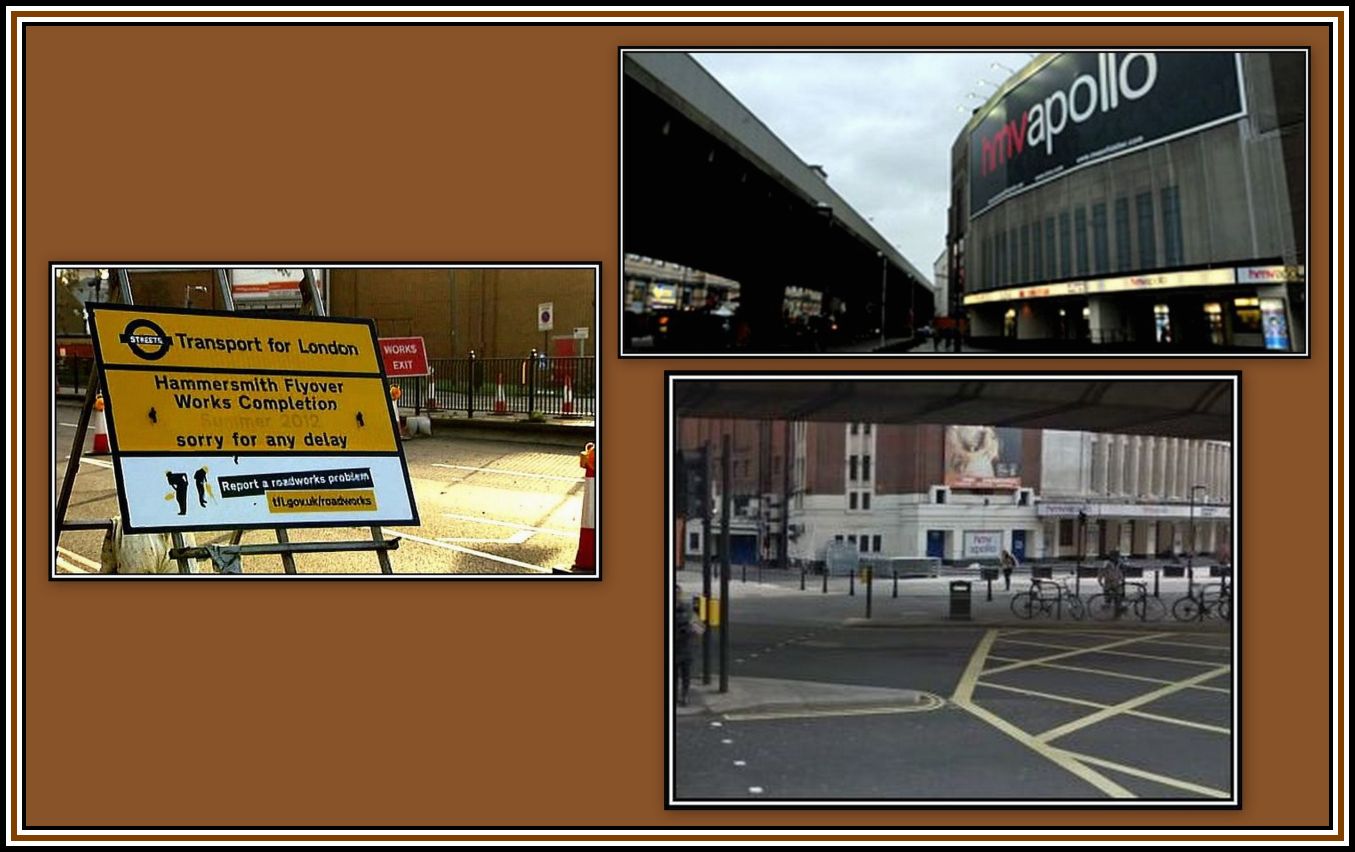 The Hammersmith Flyover running close to the Eventim Apollo
The Hammersmith Flyover running close to the Eventim Apollo
-oOo-
Robin Richmond and Bill Davies at the Odeon Hammersmith discussing The Compton Theatre Organ during the programme, The Organist Entertains
Video of The Compton Theatre Organ being played soon after restoration and a glimpse of the interior of the building
The photograph shown above together with the audio & video pieces were provided by Paul Bland
-oOo-
The Cinema had been installed with a Compton Theatre Organ with 4-manuals and 15-ranks. In the 1990s, the Organ Console was removed from the building and put into storage where it remained for a number of years. In 2005, Hammersmith & Fulham Council and the Cinema Theatre Association were encouraged to re-instate the Console and connect it to the Organ Chambers, which were left in place.
Restoration of the Organ was undertaken by HWS Associates and completed in 2007. The Organ was opened to a specially invited audience held in July 2007 with Richard Hills being the first to play this instrument.
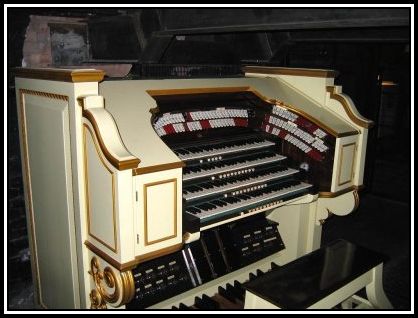 The Compton Theatre Organ of the Eventim Apollo
The Compton Theatre Organ of the Eventim Apollo
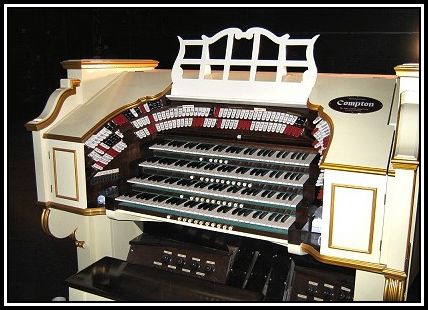 These photographs appear with permission of Peter Hammond
These photographs appear with permission of Peter Hammond
-oOo-
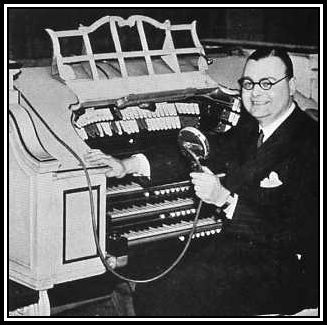 Andrew Fenner at The Compton Theatre Organ when the cinema was the Gaumont Hammersmith The photographer of this photograph is unknown; it appeared in Theatre Organ World Publication, First Edition, 1946 and was provided by Mr. Alan Ashton
Andrew Fenner at The Compton Theatre Organ when the cinema was the Gaumont Hammersmith The photographer of this photograph is unknown; it appeared in Theatre Organ World Publication, First Edition, 1946 and was provided by Mr. Alan Ashton
-oOo-
Click here to see this glorious instrument and hear it played
——oooOOOooo——
ACKNOWLEDGEMENTS
I would like to thank Mr. Ian McIver for providing information and photographs. I would also like to thank Mr. Stephen Dutfield for allowing the reproduction of some photographs from The Compton List here and for the information provided there.
I am extremely grateful to Mr. Peter Hammond for his help and encouragement and for allowing the reproduction of a number of his photographs here.
Grateful thanks are extended to Ms Stephanie Rolt of The Theatre Trust for her help and to The Theatre Trust itself for allowing the photograph of The King’s Theatre Hammersmith to be reproduced here.
Many thanks are due to Mr. Paul Bland for his help and encouragement during the writing of this piece; I also would like to thank him for the information that he has provided and for the photographs that he graciously allowed to be reproduced here.
I would like to thank Mr. Alan Ashton for providing the photograph of Andrew Fenner at The Compton Theatre Organ of the Gaumont Cinema Hammersmith.
——oooOOOooo——
——oooOOOooo——
——oooOOOooo——
Click here to return to PART ONE: INTRODUCTION TO THE ORGAN
——oooOOOooo——
Click here to return to PART TWO: THE THEATRE ORGAN HOME PAGE
——oooOOOooo——
Click here to go to the TABLE OF CONTENTS
——oooOOOooo—-

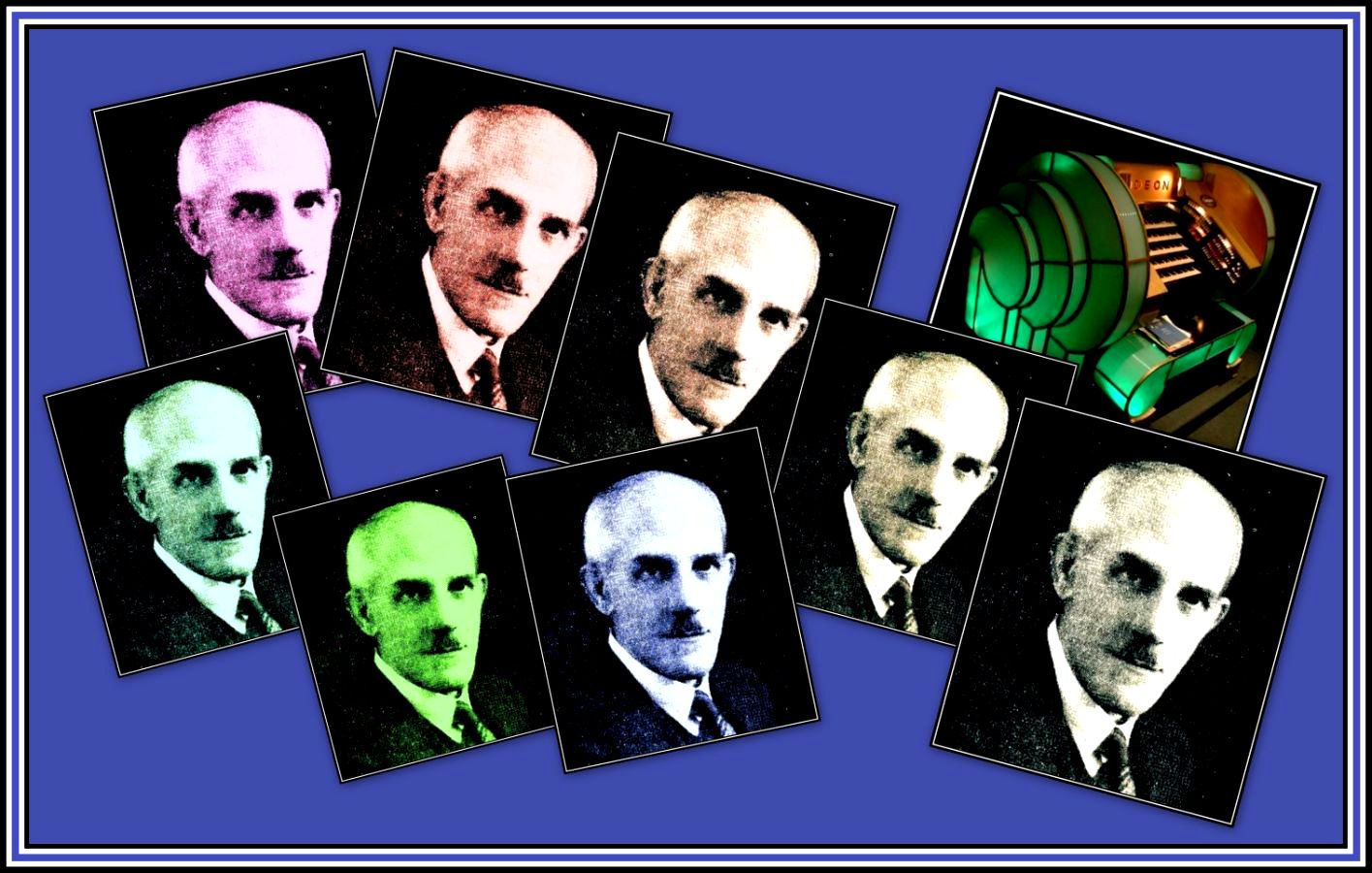

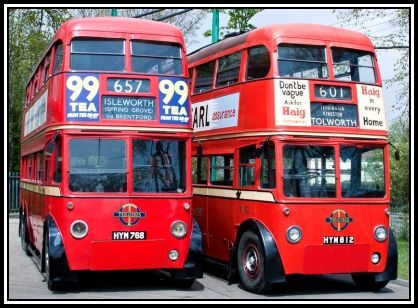
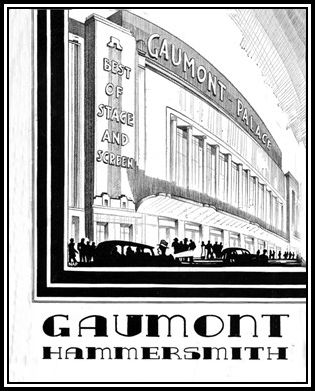

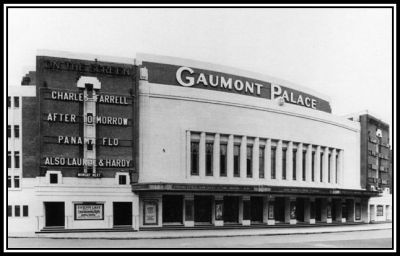
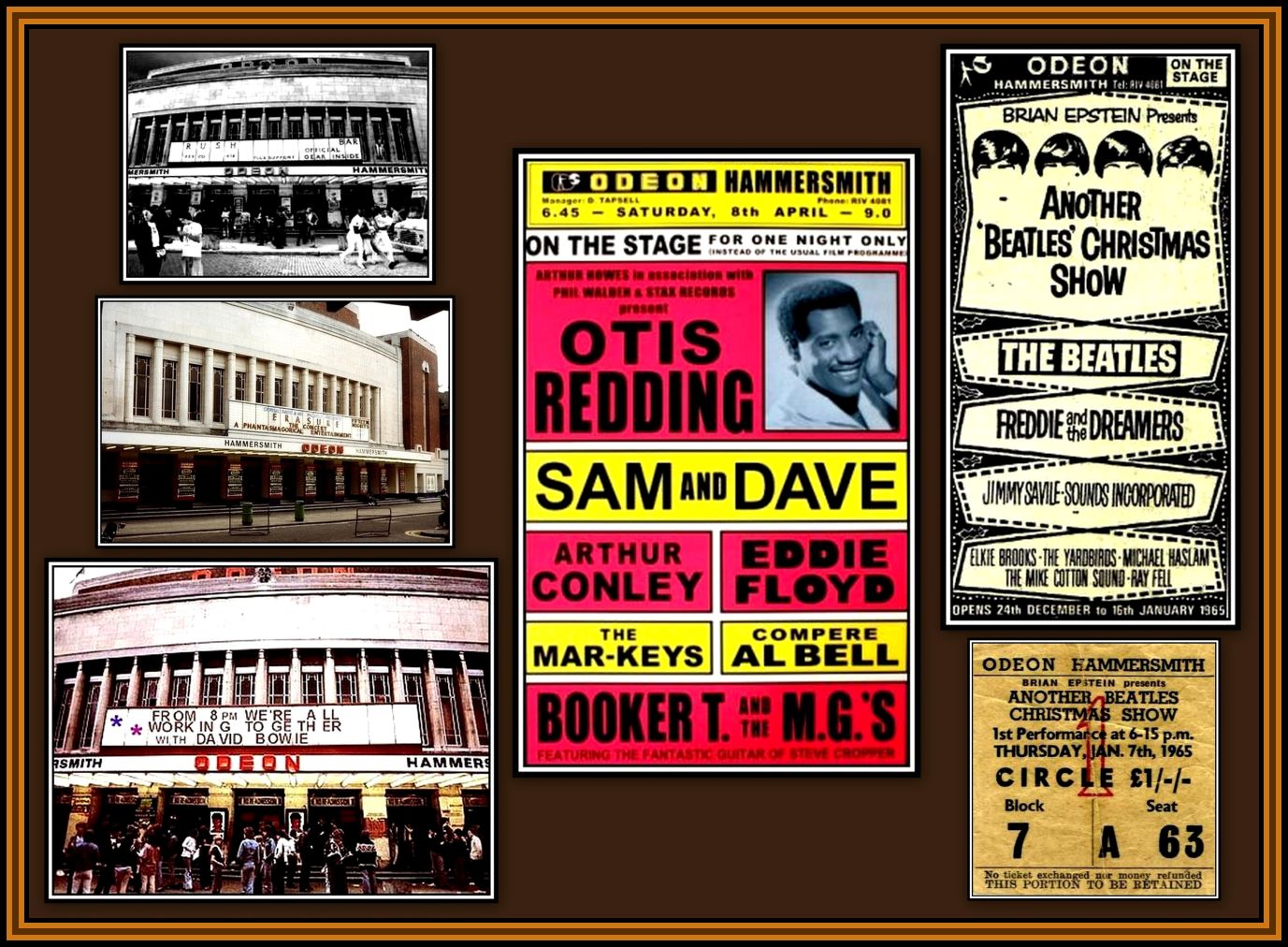
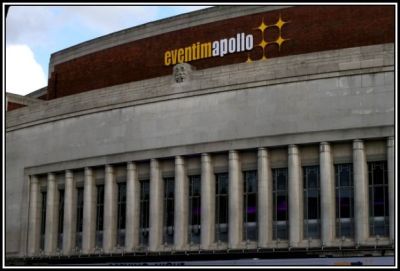
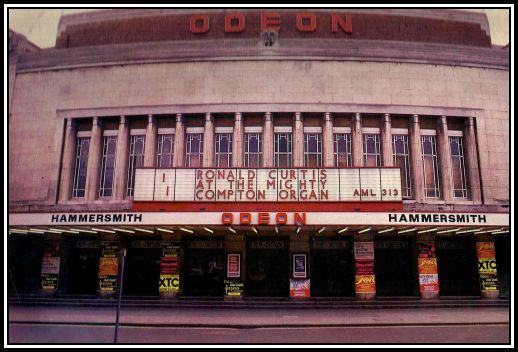
Most interesting and enjoyable. Thanks!
I was House Manager of the Gaumont / Odeon Hammersmith in 1960-66 and when we had a special film , The Logest Day, South Pacific etc. Cyril Busfield would play the organ, Cyril was classed as a Relief Manager but somehow we managed to keep for the extended run films. The patrons always seemed to enjoy the organ being played.
Mr. Sullivan: Thank you very much for sharing your memory of the playing of the Theatre Organ of the Gaumont Theatre Hammersmith. It is much appreciated.
A fascinating view of this wonderful theatre. Regarding trolleybuses in the Hammersmith area, probably very few were from Fulwell depot as these buses would have been used on routes in the Teddington and Twickenham areas. Hammersmith had its own depot at the junction of Butterwick and Talgarth Road and these are more likely to have been used on the 657, 660, 666, 667 and others which served the locality.
Thank you very much for your comment. I remember visiting Hammersmith (and Riverside Garage) Depot one Sunday afternoon and then taking a Trolleybus to Fulwell Depot. This was a great Sunday for a youth from the East End in days when traveling across London was not a common event. This was in 1957. Thanks again. Charles